Anevsko Kale
The fortress Anevsko kale is among the best preserved monuments of the medieval Bulgarian architecture and culture. It is situated 2 km northwest from Sopot, in the south slopes of the Balkan. It is 850 m above the sea level. The outskirts reveal the greatness of Stryama river and its fast-flowing waters. Today we can witness the 14 meter remains of fortress walls and dungeons that are well-preserved. They attract the attention of the relics analysts and amateurs. In 1882 the fortress impressed Ivan Vazov and he mentioned it in his travel notes "One spot of the Balkan". 100 years later in 1983 regular archeological excavations under the management of associate Prof. dr. Ivan Dzhambov with the help of Vazov's Engineering Factories PLC - Sopot have began. It is confirmed that the fortress has been located on three layers - a central city main body (a citadel) and two suburbs. Only the citadel has been independently fortified. The fortress walls enclosed an area of 5 decares. They had been constructed with steady turrets, bastions and counter forts. The main entrance of the fortress has been situated from the south, constructed with an above door turret. Remains of about 15 house constructions are discovered in the inner area of the citadel. The construction technique was from surface stones weld together by white mortar and wooden beams with a function of longitudinal and cross constructive knots. A water storage basin directly under the east fortress wall provided the inhabitants with water. Special interest should be paid to the established churches. According to the schedule two of them should be basilicas, with narthex. They have been with a rich decoration with frescoes inside and ceramic outside. Concerning the architecture the fortress Anevsko kale is a close analog of the castle on the Balkans and Europe. The well preserved dungeon is a clear evidence for it. In the outer suburb, outside the fortress walls, basis of houses and a crypt with three Christian funerals are discovered.
The archaeological researches in the inner suburb prove the existence of a monastery complex from XIII-XIV century with one church as well, established on the place of the one existing there earlier times, from V-VI century. Huge medieval necropolis has been located nearby. Many tools of life-style, art, coins of Bulgarian rulers, as well as numerous scripts in Medieval Bulgarian language has been found out. They as well as the architecture, determine the time of the fortress originating - 40's of the XIII century and the end of its existence in the 70's of XIV century.
The researches give grounds the fortress and suburbs to be identified with the accepted as lost Medieval town Kopsis, a residence of despot Voysil - Bulgarian king Smilets brother (1292-1298), who is mentioned by the medieval analysts Georgi Pahimere and Yoan Kantakuzin.


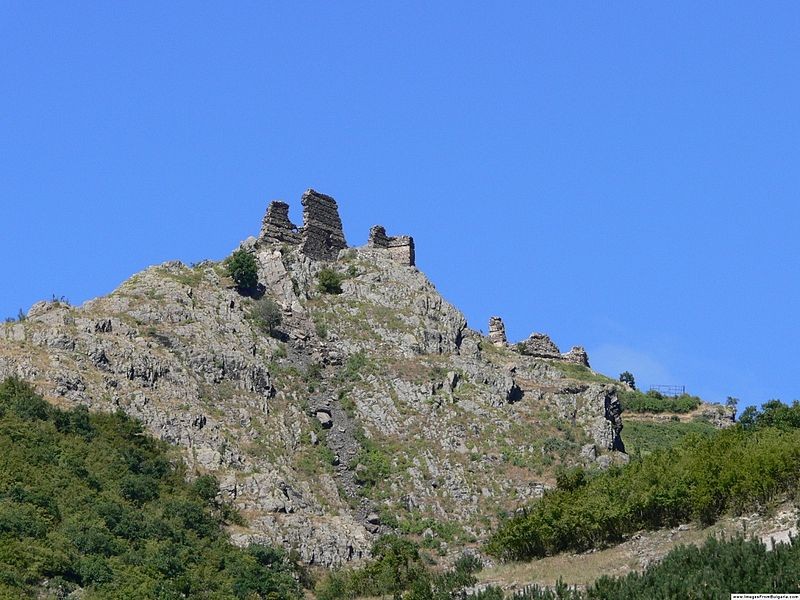
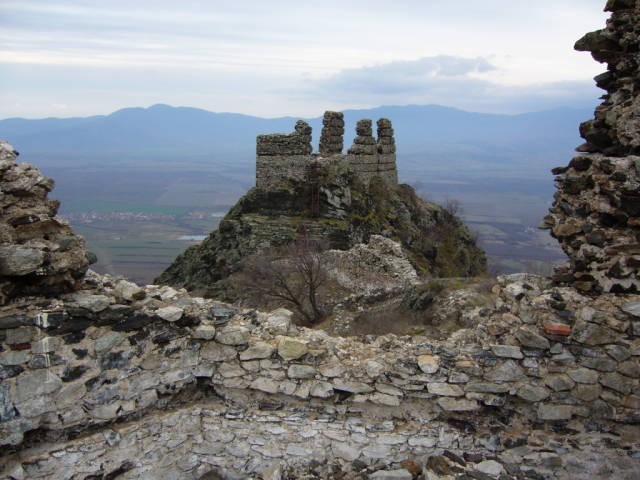
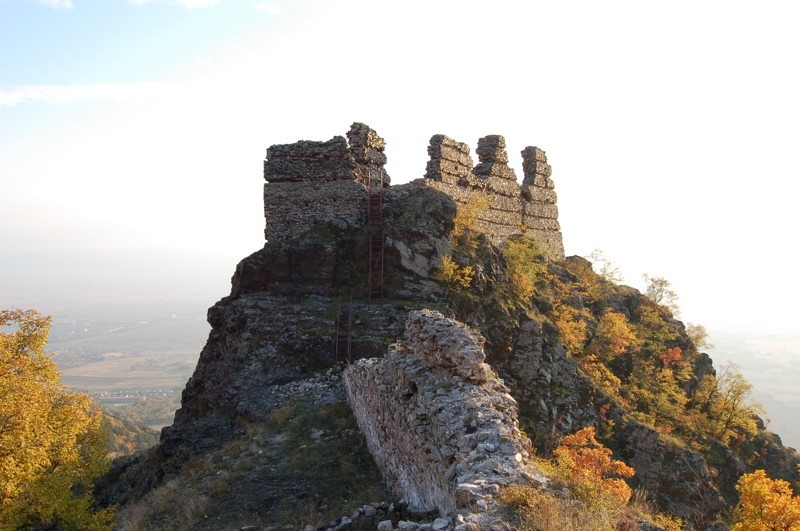




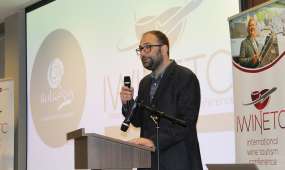

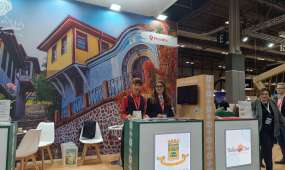


Add new comment